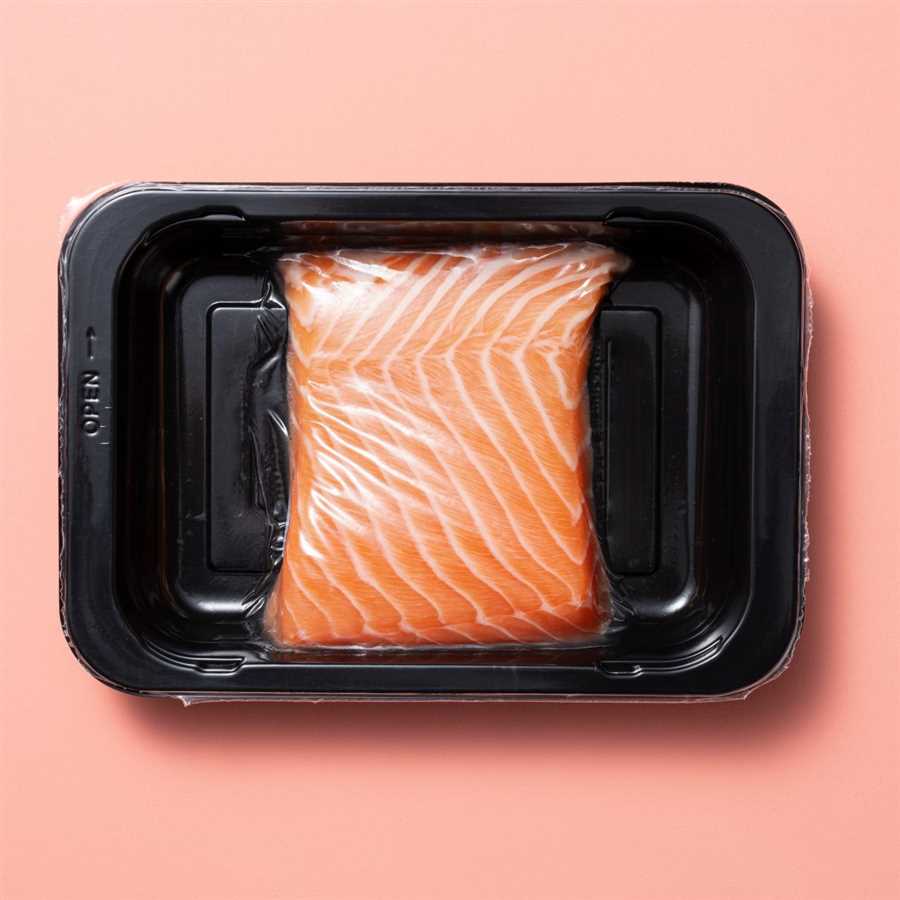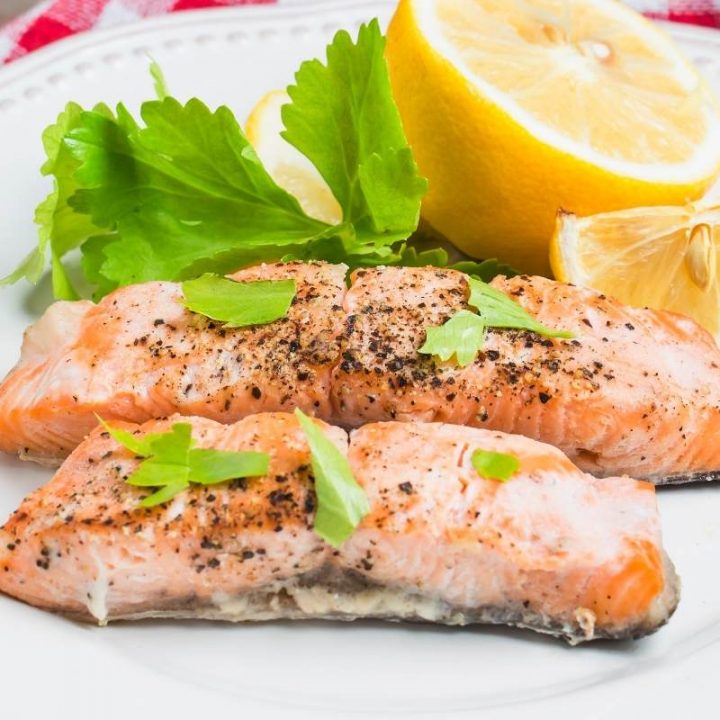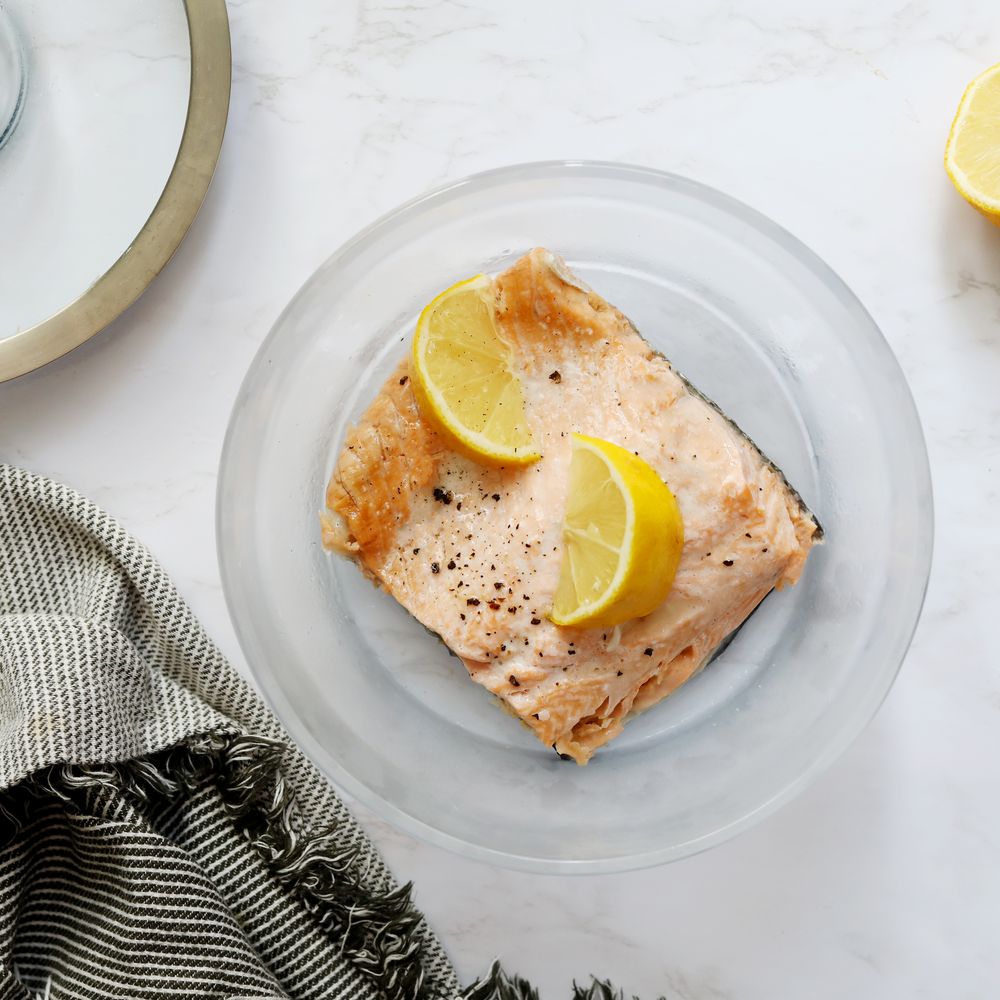When it comes to cooking seafood, salmon is often celebrated for its rich flavor, nutritional benefits, and versatility. While many might consider grilling or baking as the best options, the microwave can also serve as a useful appliance for cooking salmon quickly and efficiently. In this comprehensive guide, we will cover everything you need to know about how to cook salmon in the microwave, from preparation techniques and seasoning to variations and tips for perfecting your dish.
Understanding Salmon: The Nutritional Powerhouse
Health Benefits of Salmon
Before we dive into the cooking process, let’s take a moment to appreciate the health benefits of salmon. Salmon is a powerhouse of essential nutrients, including high-quality protein, omega-3 fatty acids, B vitamins, and vital minerals like selenium and potassium. Regular consumption of salmon can support heart health, improve brain function, and provide anti-inflammatory benefits. This makes salmon not only a delicious meal option but also a wise choice for health-conscious individuals.
Choosing the Right Type of Salmon
There are various types of salmon available in the market, and understanding the differences can make a significant impact on your culinary experience. The most common varieties include:
- Atlantic Salmon: This is often farmed and features a milder flavor profile. Its high fat content gives it a buttery texture.
- Sockeye Salmon: Known for its deep red color and robust flavor, sockeye is wild-caught and offers a firmer texture.
- Coho Salmon: Coho is slightly less fatty compared to sockeye but provides a mild, slightly sweet taste.
- King Salmon: Also known as Chinook, this type offers the richest flavor and is highly sought after.
Choosing the right type of salmon will enhance your microwave cooking experience and the final dish’s taste.
Prepping Salmon for the Microwave
Thawing Frozen Salmon
If you plan to use frozen salmon, it’s essential to thaw it properly before cooking. Here are some methods to thaw salmon safely:
- Refrigerator Method: Place the salmon in the refrigerator for 8-12 hours to allow it to defrost gradually.
- Cold Water Method: Seal the salmon in a waterproof plastic bag and submerge it in a bowl of cold water for about an hour. Change the water every 30 minutes to ensure it stays cold.
- Microwave Method: If you’re in a hurry, you can use the microwave’s defrost function. Place the salmon on a microwave-safe plate and heat at a low power setting, checking every minute to avoid cooking the fish.
Cleaning and Preparing the Salmon
Once you have thawed your salmon, it’s time to prepare it for cooking:
- Rinsing: Rinse the salmon under cold running water to remove any fishy odors and excess moisture.
- Pat Dry: Use a paper towel to thoroughly pat the salmon dry. This helps the seasoning to adhere better and prevents excess moisture during cooking.
- Remove Skins and Bones: If your salmon still has skin, you may choose to remove it. Check for any small bones using tweezers or pliers.
Seasoning Your Salmon
The beauty of salmon lies in its ability to absorb flavors. When learning how to cook salmon in the microwave, seasoning can make a significant difference. Here are some popular seasoning options:
- Salt and Pepper: Keep it simple and classic with just salt and freshly cracked black pepper.
- Lemon and Herbs: Prepare a mixture of fresh herbs like dill, parsley, or thyme with lemon zest and juice. This combination elevates the fish’s natural flavors.
- Garlic Butter: Melt some butter and mix in minced garlic and herbs to create a rich, flavorful topping.
- Marinades: For deeper flavor, consider marinating your salmon for 30-60 minutes with ingredients like soy sauce, honey, mustard, or a citrus-based marinade.
Cooking Techniques for Salmon in the Microwave
Basic Cooking Method
Once you’ve prepared your salmon, it’s time to cook it in the microwave. Here’s a step-by-step guide to the basic cooking method:
- Prepare the Microwave-safe Dish: Choose a microwave-safe dish that fits your salmon fillet comfortably. If you’re cooking multiple pieces, ensure they’re properly spaced to allow even cooking.
- Add Liquid (Optional): To enhance moisture, you may add a splash of liquid to the dish, such as water, broth, or wine. This steam will prevent the salmon from drying out.
- Cover the Dish: Cover your dish with a microwave-safe lid or plastic wrap. Make sure to leave a small vent for steam to escape.
- Microwave Settings: For a standard microwave, cook your salmon on high power for 4-6 minutes per fillet. Cooking times may vary depending on your microwave’s wattage and the thickness of the salmon.
- Check for Doneness: After the initial cooking time, check the salmon for doneness. The flesh should be opaque and easily flake with a fork. If needed, continue cooking in 30-second increments.
Cooking Salmon with Healthy Add-ons
You can also enhance the flavor and nutrition of your microwave salmon by adding vegetables or other ingredients. Here are some ideas:
- Vegetable Medley: Add sliced bell peppers, zucchini, and cherry tomatoes around the salmon. This will create a balanced meal with minimal effort.
- Quinoa and Grains: Place cooked quinoa or brown rice at the base of the dish to soak up the flavors of the salmon while it cooks.
- Sautéed Spinach or Kale: Add fresh spinach or kale to the plate before covering and cooking. The steam will wilt the greens beautifully.
One-Pan Microwave Salmon
For a quick, hassle-free meal, consider preparing a one-pan dish. Here’s a simple recipe:
Ingredients:
- 2 salmon fillets
- 1 cup broccoli florets
- 1 cup sliced carrots
- 2 tablespoons olive oil
- Salt and pepper, to taste
- Lemon wedges, for serving
Instructions:
- In a microwave-safe dish, place the broccoli and carrots. Drizzle with olive oil and season with salt and pepper.
- Place the salmon fillets on top of the vegetables, and season them with your choice of spices.
- Cover the dish and microwave on high for 6-8 minutes, or until the salmon is cooked through and vegetables are tender.
- Serve with lemon wedges.
Variations and Flavor Combinations
Once you’ve mastered the basic technique for how to cook salmon in the microwave, the possibilities are endless. Here are a few exciting variations to consider:
Teriyaki Salmon
A sweet and savory teriyaki sauce creates a delightful glaze on salmon. Just marinate the fillet in a mixture of soy sauce, honey, ginger, and garlic. Cook in the microwave for about 6 minutes, basting with the marinade halfway through.
Mediterranean-style Salmon
Add olive oil, chopped garlic, sundried tomatoes, and olives to your salmon for a Mediterranean twist. Cook as discussed, and finish with crumbled feta cheese after microwaving.
Maple-Glazed Salmon
For a sweet, smoky flavor, brush your salmon with pure maple syrup and a hint of mustard. The resulting caramelized glaze will be irresistible.
 Tips for Perfectly Cooked Salmon
Tips for Perfectly Cooked Salmon
To ensure your microwaved salmon turns out perfectly every time, keep these tips in mind:
- Use a Food Thermometer: To check for doneness, aim for an internal temperature of 145°F (63°C).
- Avoid Overcooking: Microwave cooking is fast, so keep a close eye on the time. Overcooked salmon will become dry and lose its delicate texture.
- Let it Rest: Allow the salmon to rest for a couple of minutes after cooking. This allows the juices to redistribute, enhancing the flavor.
- Experiment with Different Fish: Many cooking techniques for salmon can be applied to other types of fish, such as trout or tilapia. Feel free to experiment!
Storing and Reheating Leftover Salmon
If you’ve cooked more salmon than you can eat, it’s essential to store it properly:
- Refrigeration: Place leftover salmon in an airtight container in the fridge for up to 3 days.
- Freezing: If you have significant leftovers, consider freezing them. Wrap the salmon tightly in plastic wrap and then place it in a freezer-safe ziplock bag. It can last up to 3 months in the freezer.
When it comes time to reheat, avoid the microwave if possible, as it may cause the salmon to dry out. Instead, try reheating in the oven at a low temperature or on the stovetop with a splash of water or broth.
Conclusion
In conclusion, learning how to cook salmon in the microwave can revolutionize your meal prep efficiency without compromising flavor or nutrition. Whether you choose to follow a basic recipe or experiment with various seasonings and sides, cooking salmon in the microwave opens a world of quick, healthy meals at your fingertips. Remember to embrace the versatility of this remarkable fish, and don’t hesitate to try different flavor combinations. With the tips and techniques discussed in this guide, you are well-equipped to prepare delicious salmon dishes like a pro. Happy cooking!



